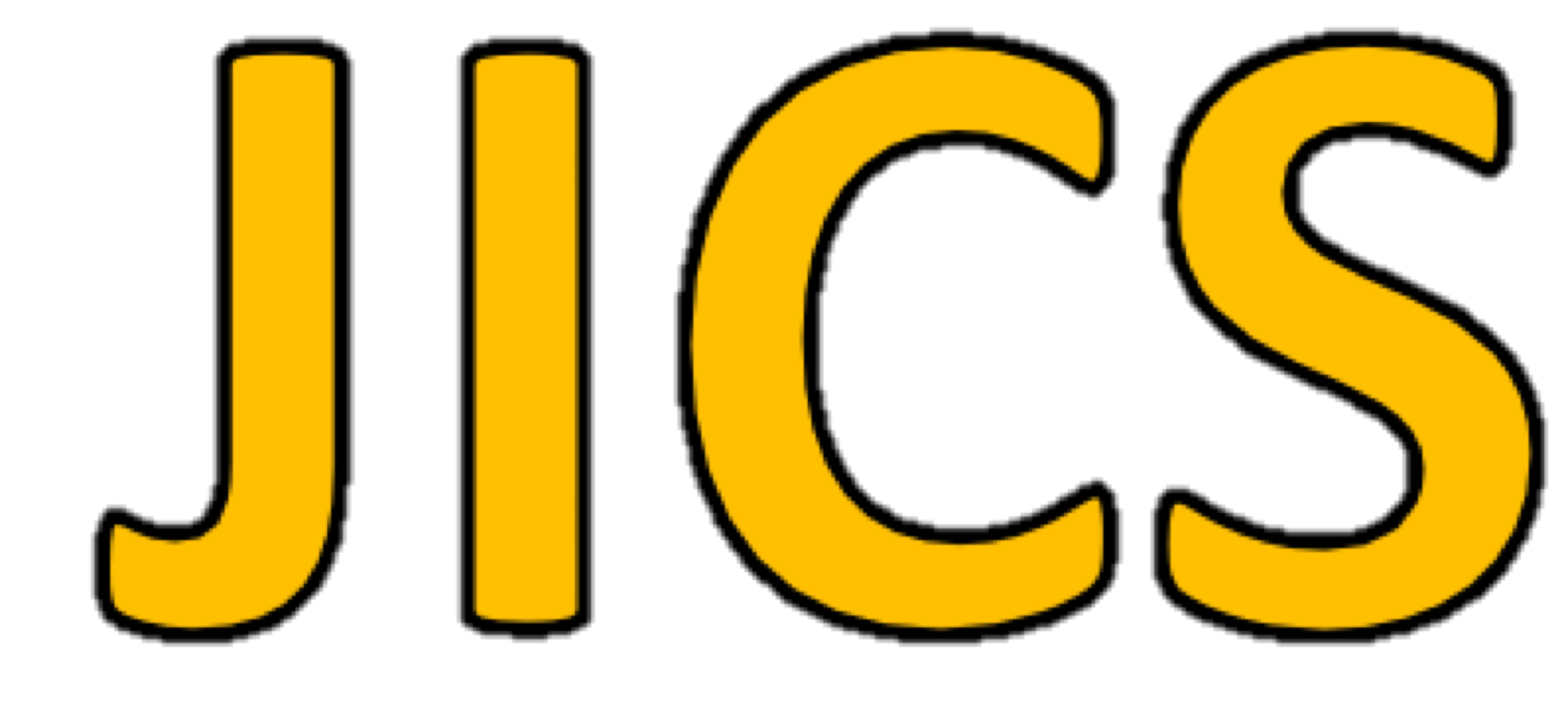Digital Camera Identification Based on Interpolation Pattern Used Lens Distortion Correction
Min-Gu Hwang, Dong-Min Kim, Dong-Hwan Har, Journal of Internet Computing and Services, Vol. 13, No. 3, pp. 49-60, Jun. 2012
Keywords: digital forensic, source camera, lens distortion correction, image mapping, interpolation
Abstract
Statistics
Show / Hide Statistics
Statistics (Cumulative Counts from November 1st, 2017)
Multiple requests among the same browser session are counted as one view.
If you mouse over a chart, the values of data points will be shown.
Statistics (Cumulative Counts from November 1st, 2017)
Multiple requests among the same browser session are counted as one view.
If you mouse over a chart, the values of data points will be shown.
|
|
Cite this article
[APA Style]
Hwang, M., Kim, D., & Har, D. (2012). Digital Camera Identification Based on Interpolation Pattern Used Lens Distortion Correction. Journal of Internet Computing and Services, 13(3), 49-60. DOI: 10.7472/jksii.2012.13.3.49.
[IEEE Style]
M. Hwang, D. Kim, D. Har, "Digital Camera Identification Based on Interpolation Pattern Used Lens Distortion Correction," Journal of Internet Computing and Services, vol. 13, no. 3, pp. 49-60, 2012. DOI: 10.7472/jksii.2012.13.3.49.
[ACM Style]
Min-Gu Hwang, Dong-Min Kim, and Dong-Hwan Har. 2012. Digital Camera Identification Based on Interpolation Pattern Used Lens Distortion Correction. Journal of Internet Computing and Services, 13, 3, (2012), 49-60. DOI: 10.7472/jksii.2012.13.3.49.

